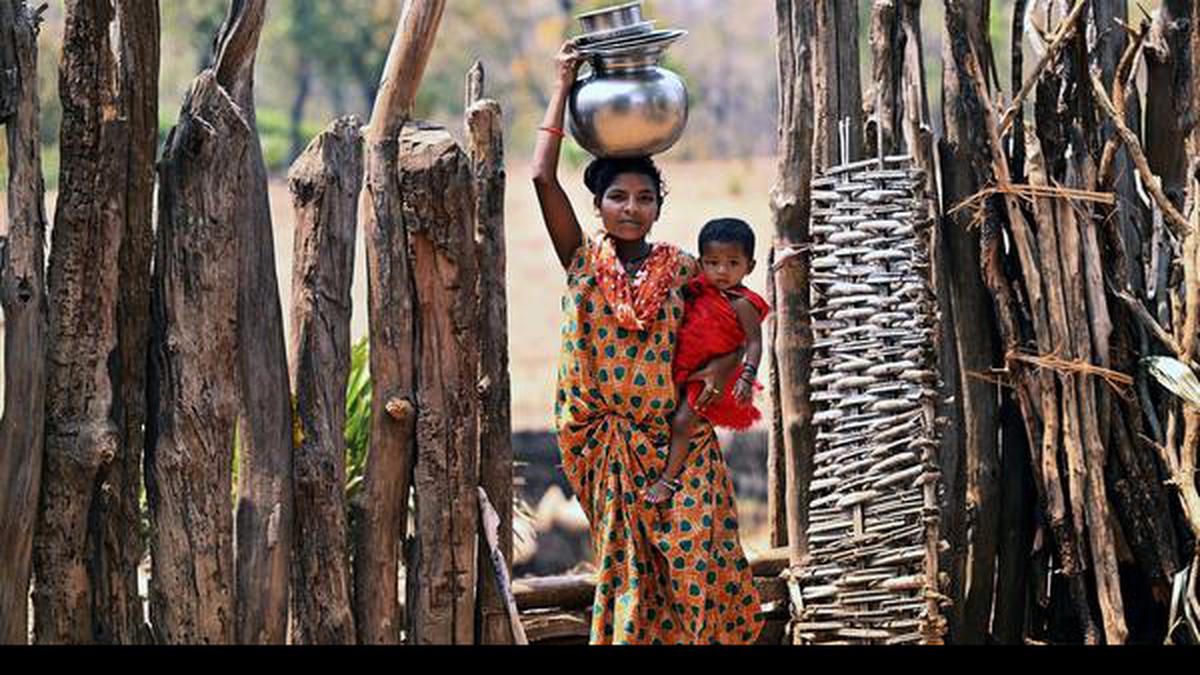In the dense jungle of Chhattisgarh lies the settlement of Chukkalapadu, home to the Muria tribe. Despite facing challenges such as Naxalism and forced displacement, the Murias have established resilience in this oasis within a reserved forest.
Early Morning Rituals and Daily Life
Every day, the Murias venture into the forest as early as 2 a.m. to collect Mahua flowers, a vital part of their livelihood. This tradition has persisted despite the settlement’s location in India’s Red Corridor and the challenges posed by Naxalism.
Historical Context and Displacement
The settlement’s history is marked by conflict, including the displacement of Muria families from their native villages in Chhattisgarh due to the Salwa Judum movement. Despite legal victories and government initiatives, many Murias remain hesitant to return, fearing an uncertain future.
Challenges of Settlement and Legal Issues
The Murias face legal hurdles, including the denial of Scheduled Tribe status and social welfare benefits due to the lack of caste certificates. Forest clearance for agriculture has also led to conflicts with the Forest department, threatening their settlement’s stability.
Education and Healthcare Concerns
Access to education is limited, with few functional schools in Muria settlements. Lack of infrastructure and government support further exacerbate issues related to healthcare and nutritional support, especially for children.
Water Scarcity and Infrastructure
Clean drinking water remains a significant challenge, with inadequate infrastructure and limited government support. Muria settlements often rely on single borewells, leading to concerns about water scarcity, particularly during the dry season.
Future Prospects and Advocacy
Despite these challenges, Muria individuals like Ravva Koinde aspire to pursue higher education and advocate for their community’s rights. However, bureaucratic obstacles and inadequate government assistance continue to hinder their progress.
Multiple Choice Questions (MCQs):
- What is the primary livelihood activity of the Muria tribe in Chukkalapadu?
- A) Hunting
- B) Fishing
- C) Collecting Mahua flowers
- D) Agriculture
- Answer: C) Collecting Mahua flowers
- Why did Muria families flee from their native villages in Bastar, Chhattisgarh?
- A) Conflict with neighboring tribes
- B) Natural disasters
- C) Government-sponsored Salwa Judum movement
- D) Religious persecution
- Answer: C) Government-sponsored Salwa Judum movement
- What is a major legal hurdle faced by the Murias in Andhra Pradesh?
- A) Land ownership disputes
- B) Denial of Scheduled Tribe status
- C) Environmental conservation regulations
- D) Taxation laws
- Answer: B) Denial of Scheduled Tribe status
- What challenges do Muria children face in accessing education?
- A) Lack of interest in schooling
- B) Long distances to schools
- C) Inadequate government funding for education
- D) All of the above
- Answer: D) All of the above
- What is a significant issue concerning water supply in Muria settlements?
- A) Lack of rainfall
- B) Pollution of water sources
- C) Reliance on single borewells
- D) Excessive flooding
- Answer: C) Reliance on single borewells
